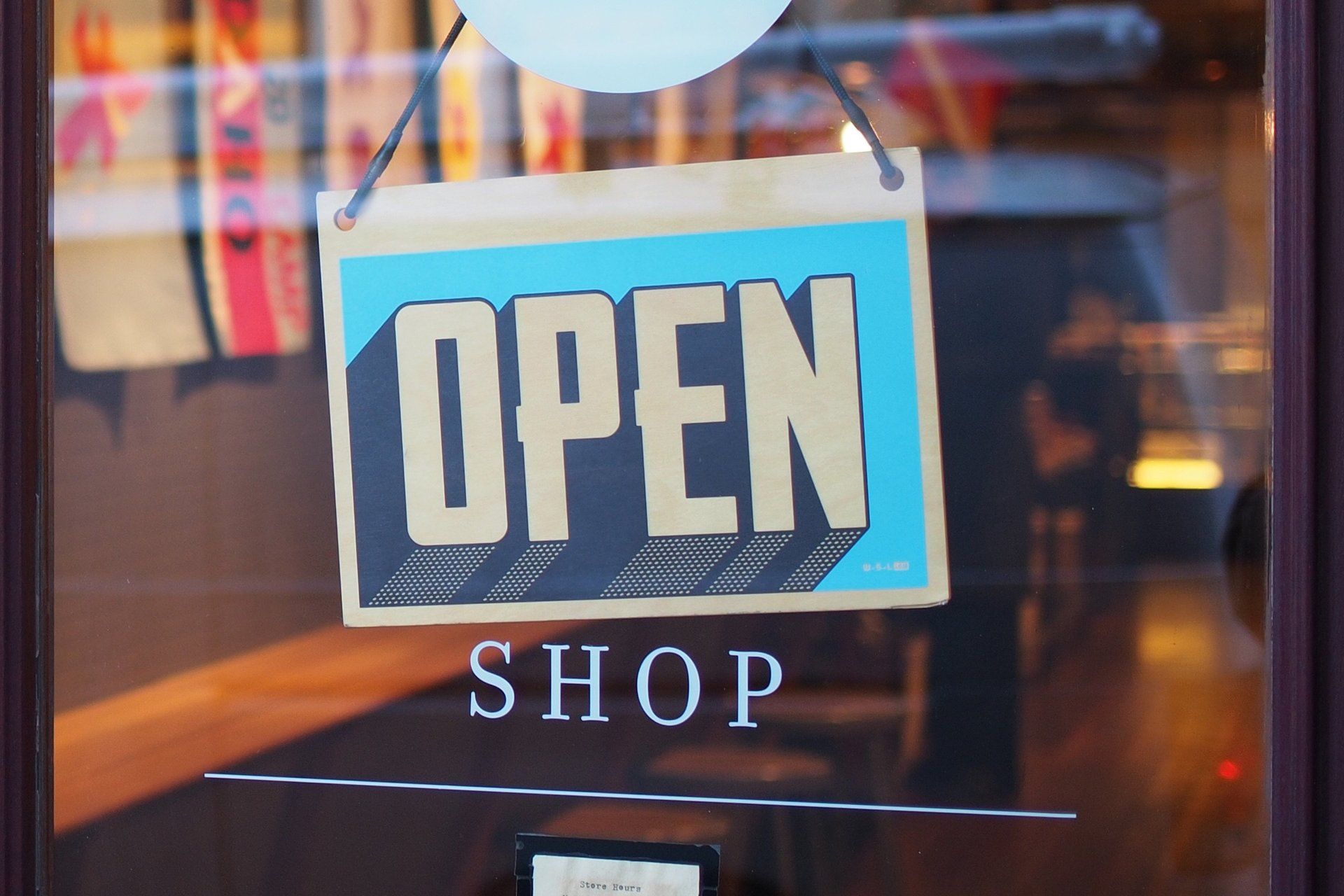Will shoppers return to normal habits post-COVID?
Current trends in grocery retail have been heavily influenced by the pandemic. The shift in consumer behaviour and increase in online shopping demanded immediate action to fulfil shoppers’ needs. As restrictions ease, business owners, brands and marketers might wonder what is going to happen next. What will the grocery shopping and consumer behaviour look like without restrictions? Will people go back to their previous in-store shopping habits, or will the online market continue to grow? Have shopping habits changed forever?

Are people returning to restaurants and pubs?
Inflation was inevitable in January, with rising food prices as a result of lockdown measures and Brexit. With increasing prices and people being cautious about spending their savings, not everyone can afford their pre-COVID lifestyle. The UK is looking at a "K-shaped" recovery, meaning that poorer families are suffering more financially as the wealthier people have been able to save during lockdowns. In a survey done by Comparethemarket, 52% stated that they were spending their savings during lockdown and 53% were worried that they were going to run out of money. More than 25% of families said they struggled to pay their bills in the last week, and 16% of those without children have said they faced the same issue.
Those who have saved up are flocking back to pubs and restaurants. When indoor dining was reintroduced in England, Scotland and Wales on 17 of May, revenues in the hospitality sector jumped by 43%.
Pubs and bars saw a 162% increase in spending, while restaurants drew in a 58% increase in the total amount spent.
Even booking platforms like OpenTable saw bookings go up by 73% last week, in comparison to their numbers from 2019.
Food Delivery Apps
Lockdowns and COVID-19 restrictions caused many to miss the restaurant experience. The only way people were able to get restaurant-quality food was to order takeaway or order online through delivery services like Uber Eats, Just Eat, or Deliveroo. During the second lockdown more than 1,400 signed up to be listed on Deliveroo. Uber Eats saw a 150% spike in UK deliveries from June to September of last year, and restaurants like Wagamama saw their sales double under lockdown.
Pubs and restaurants are open for indoor and outdoor dining again, but now that people have learned to use and rely on delivery apps, it seems as though the trend is here to stay. Especially now that they have become more versatile, partnering with supermarkets and offering quick grocery delivery.
Behavioural changes and ease of restrictions
It is important to consider that several factors have driven worldwide shifts in shopper behaviour and consumption such as economic, regional diversity, socio-demographic, as well as consumer preferences. With a recession and a rising unemployment rate, limited household income can affect demand and food choice. In addition, the stress of several lockdowns and restricted social interaction have also had a direct impact on consumers dietary habits.
In the world of retail, the pandemic caused shift towards buying online and a decrease in household income, resulting in more mindful shopping. While it is not certain how things will unfold in the future, there is no doubt that people miss in-store shopping. The pandemic has accelerated the fall of the high street and it has given people a taste of what it could be like if everything moved online.
After restrictions eased in April, retail sales jumped by 9.2% and online sales dropped.
What does the future look like for the UK?
Other countries that have successfully tackled the virus are the beacon of hope for places like the UK. With countries like New Zealand completely lifting restrictions, the US removing their mask mandate for vaccinated people, and even seeing normality with effective contact tracing technology in countries like Taiwan, the UK has some insight on what life might be like post-COVID. The UK can also learn about methods that are most effective as the nation opens back up.
Now that the UK is slowly coming out of lockdown, consumers are shopping in-store again.
When comparing 2020’s numbers to this year, Britons made 58m more supermarket visits in the 12 weeks leading up to the 16 of May.
As people return to the shops, pubs and restaurants, shopper behaviours seem to be adjusting back to pre-COVID habits. Local convenience store sales dropped by just over 25% in comparison to last year, and online grocery sales decreased by 13.4% from February to May 2021.
Brands need to anticipate the change
As the government aims to complete the lockdown roadmap by the 21st of June, suppliers should be prepared for the return of normal life. After a hectic year of seeing customers stockpiling products, and reaching the highest grocery volume sales ever recorded, brands should explore retail marketing options to avoid seeing a dip in sales.
At RMI we can provide a number of services that will help brands continue their success in the upcoming months as the UK follows the cautionary plans to reopen. We can disrupt the shopper journey in Iceland Foods, Co-operative Society stores, online on Morrisons.com, and even increase a brand’s depth of distribution (DoD) through our network of independent stores with TiSN.
If you would like to discuss more about how we can help your brand prepare for the return of normality, please send an email to hello@rmi.co

